Dear Editors:
I subscribed to your magazine hoping to see something about merchant marines during WWII. It seems you have forgotten them. These men fought the war just as all the other vets did, and had the highest casualty rate of any in the armed forces: 1 out of every 26 men was killed in action. After 60 years they have still not received just compensation for their combat service.
Dr. Robert L. Simpson
Antioch, Tennessee
Coolidge
Dear Editors:
I recently purchased the January 2005 issue of WWII History. While I enjoyed reading most of the articles, the one that struck me was Kevin Hymel’s photo essay entitled “The Coolidge Goes Down.” I am a professional historian who has taught at the Army’s Command and General Staff College and War College. While I have written and read a great deal on WWII, I believe I have never heard of the sinking. My father was in Espirito Santo at the time, but as with most of that generation, did not mention the sinking or any other experiences. The sinking of the Coolidge was new information to me. The author did a great job on the topic, the narrative, and the photograph section. The description of the sinking certainly whetted my appetite to learn more about the event, and to read your magazine more often. I would be especially interested in more photo essays concerning lesser-known events of the war.
Charles E. Heller, Ph.D.
Colorado
Dear Editors:
Since discovering WWII History magazine two years ago, it has become my favorite publication. As a veteran of World War II with 22 months spent in Italy (1944-1945), I am amazed at some of the articles about various battles and campaigns that have been printed. Considering how important the fighting in Italy was to the war effort, I am also amazed at the lack of coverage of Italian action. From the crossing of the Volturno River, the battle for the town of Cassino and its mountain-top monastery, the battle at the beachhead at Anzio, the breakthrough of the Gustav Line and the run for Rome, to the battles at the Gothic Line and the Po Valley; some 25 German divisions, along with many Italian units were tied down in Italy. I am certain that the war would have gone on much longer if not for those from the U.S., Britain, Canada, New Zealand, Australia, France, Poland, and many others who fought up the boot of Italy; it was truly an international army. Somehow, with all this background and history, it would seem that WWII History magazine would be able to come up with more than a once-a-year article. To me, all the battles, no matter how small, fought in WWII need to be remembered. I’m proud to have served in the 339th “Polar Bear” Infantry Regiment in Italy—truly the “forgotten war.”
Frank H. Ruth
Mansfield, Ohio
We agree that the Italian Campaign has not always gotten the same attention that fighting in other theaters has received. Perhaps our story about the invasion of Sicily (in this issue) will be of interest to you.
USS Wahoo
Dear Editors:
The painting of the USS Wahoo on page 66 of your March issue is not of the same USS Wahoo mentioned in the story. Note the configuration of the conning tower as it was in 1943. U.S. submarines did not go on war patrol with their hull numbers painted on conning towers and bows—for obvious reasons. I saw Wahoo launched at Mare Island Navy Yard in June 1941.
Harold W. Hood
Claremont, California
Thank you for your letter. The painting shown in “Marauding Wahoo” was not of the USS Wahoo SS-238. The keel of Wahoo SS-565 depicted on pages 66-67 of our story was laid in 1949.
Paul Tibbets
Dear Editors:
I thoroughly enjoyed your article on Paul Tibbets (September 2005 issue); it brought back a lot of pleasant memories. In 1951, I was assigned to the 2000th Test Support Group at Eglin Air Force Base. Across the hall was the headquarters of the 2000th Test Group, commanded by Tibbets. The airpower demonstration that year on Range 54 was truly spectacular. The demonstrations were for the benefit of congressmen and other influential people who could help build the Air Force budget. The last demo for the show compared the firepower of the B-17 to the B-36. The B-17 flew over and hit its target perfectly. Tibbets was piloting the B-36, and we could hear its peculiar drone overhead but could not see it. He dropped his bombs by radar and not only missed the target, but missed the entire range. As a result, he became the laughing stock of the Air Force for this blunder. The insert regarding his minimal decorations and promotions was right on target. He was very arrogant and was disliked by both his superiors and his subordinates, even though he was a good pilot.
Don Barkley
Bonham, Texas
March 2006 Issue Correction:
Astute readers of our last issue wondered why we ran a photo depicting a pair of Grumman “Wildcat” fighters on page 13 of our story on the M-3 Stuart light tank. Here’s the photo that was meant to run, showing a Stuart of the 1st Armored Division in Italy.
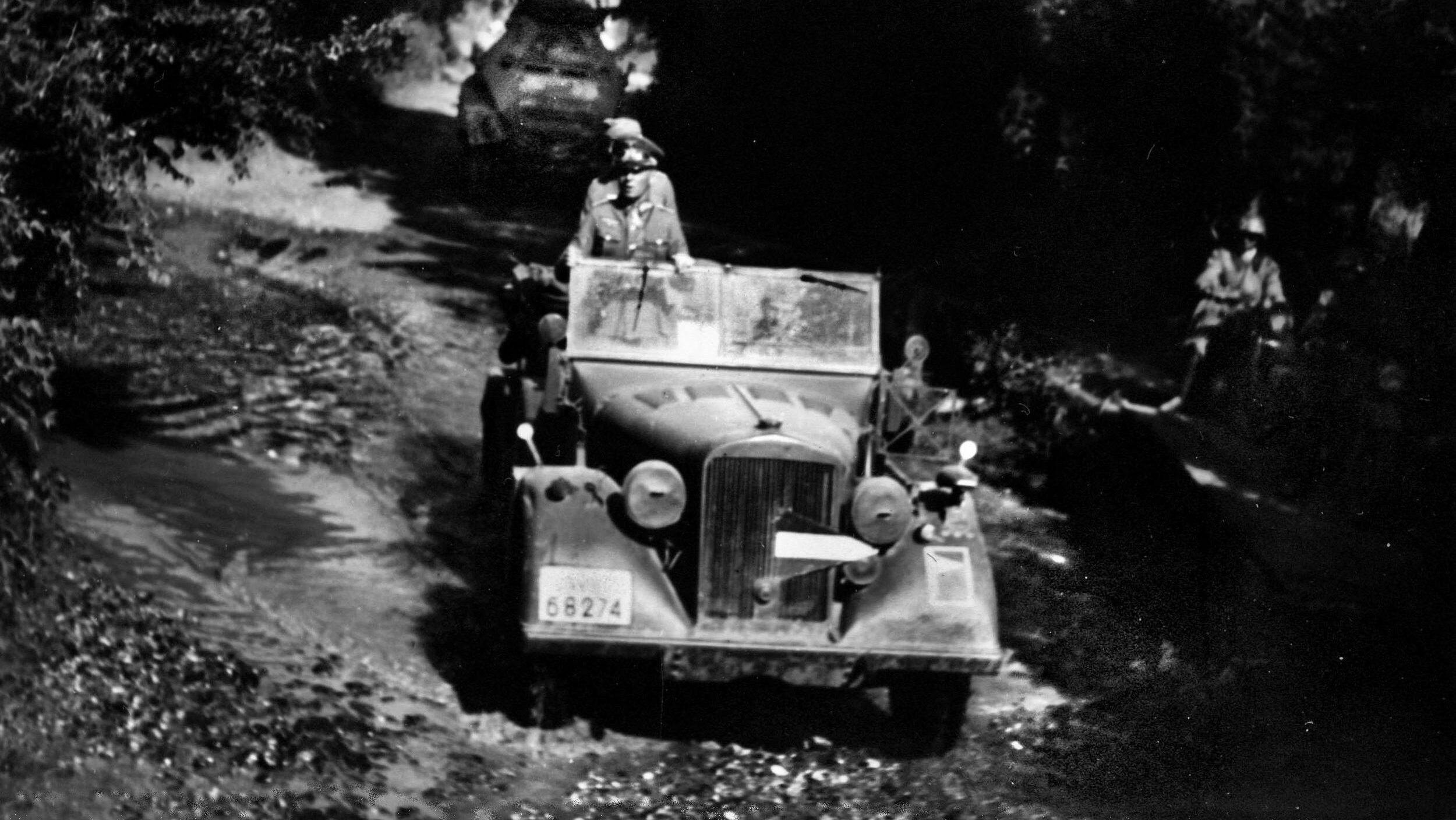
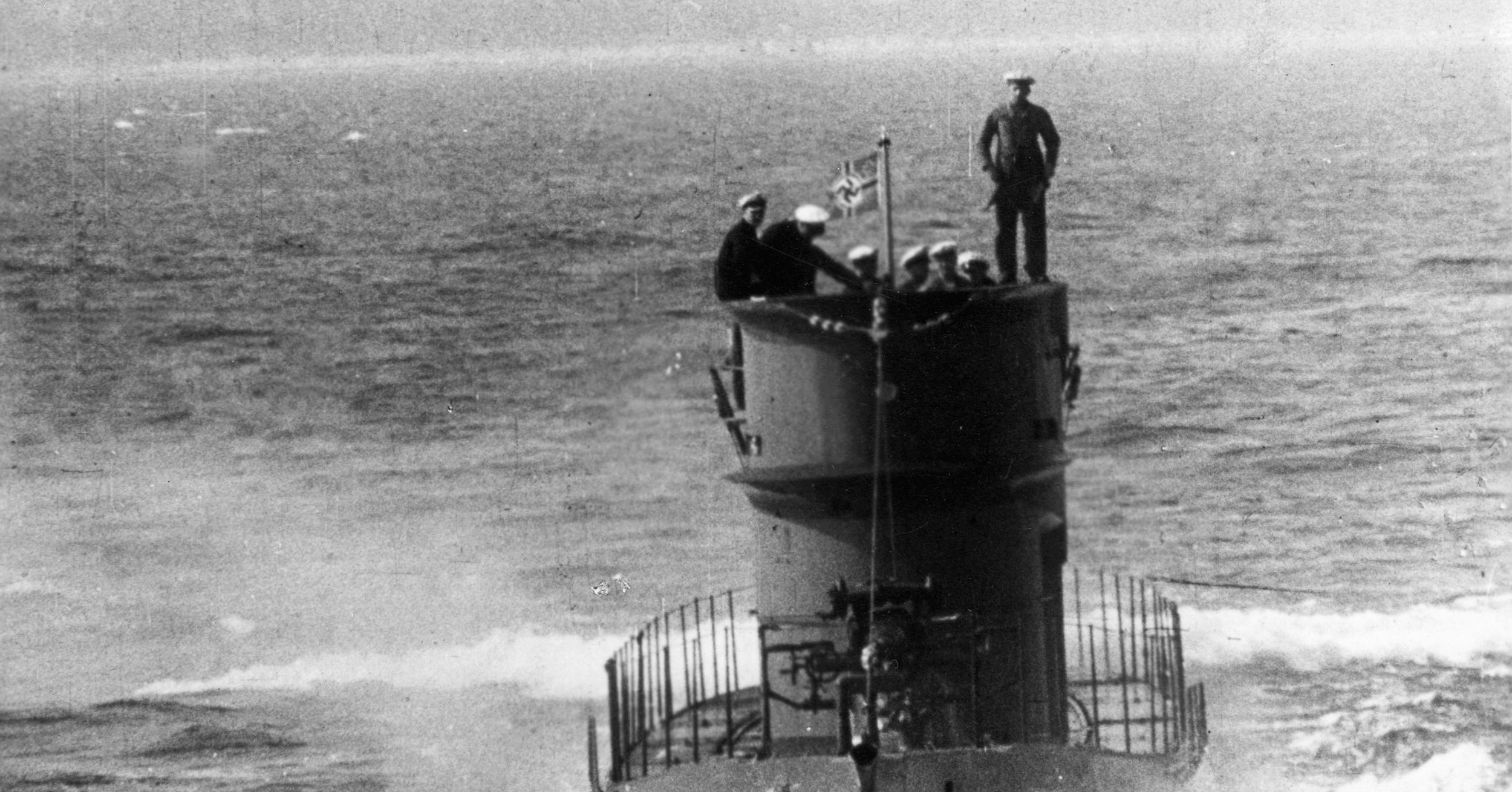
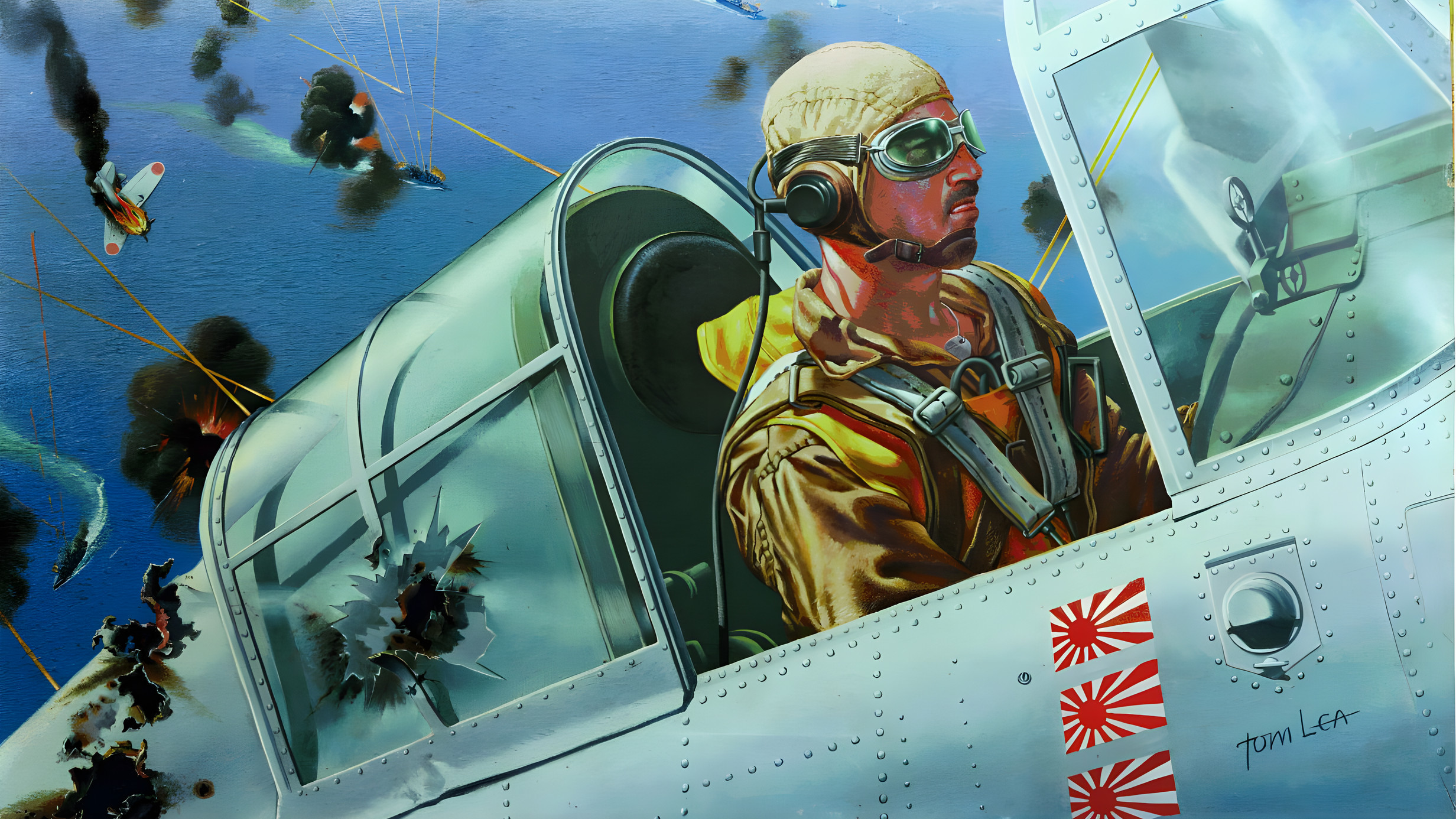
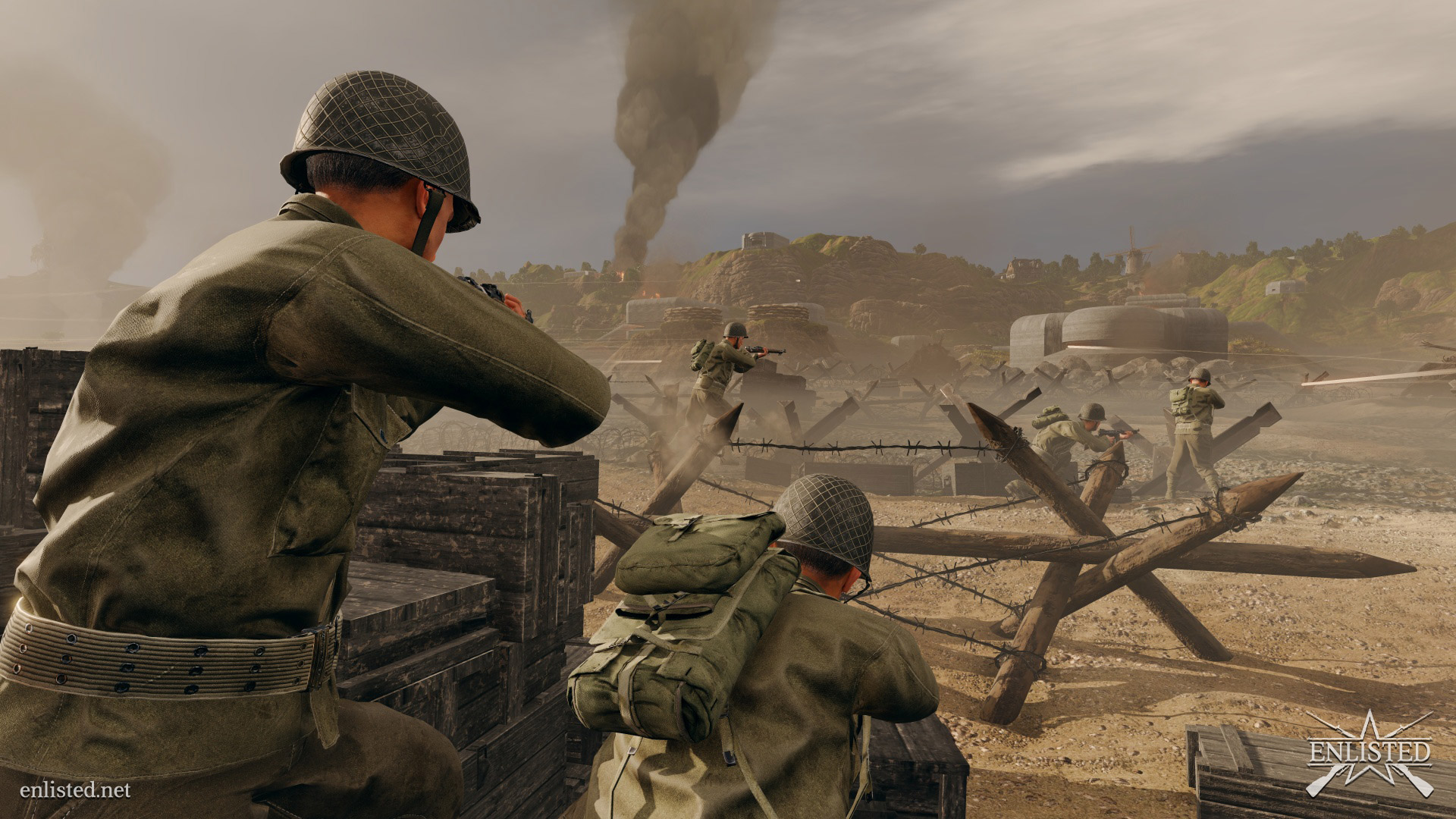
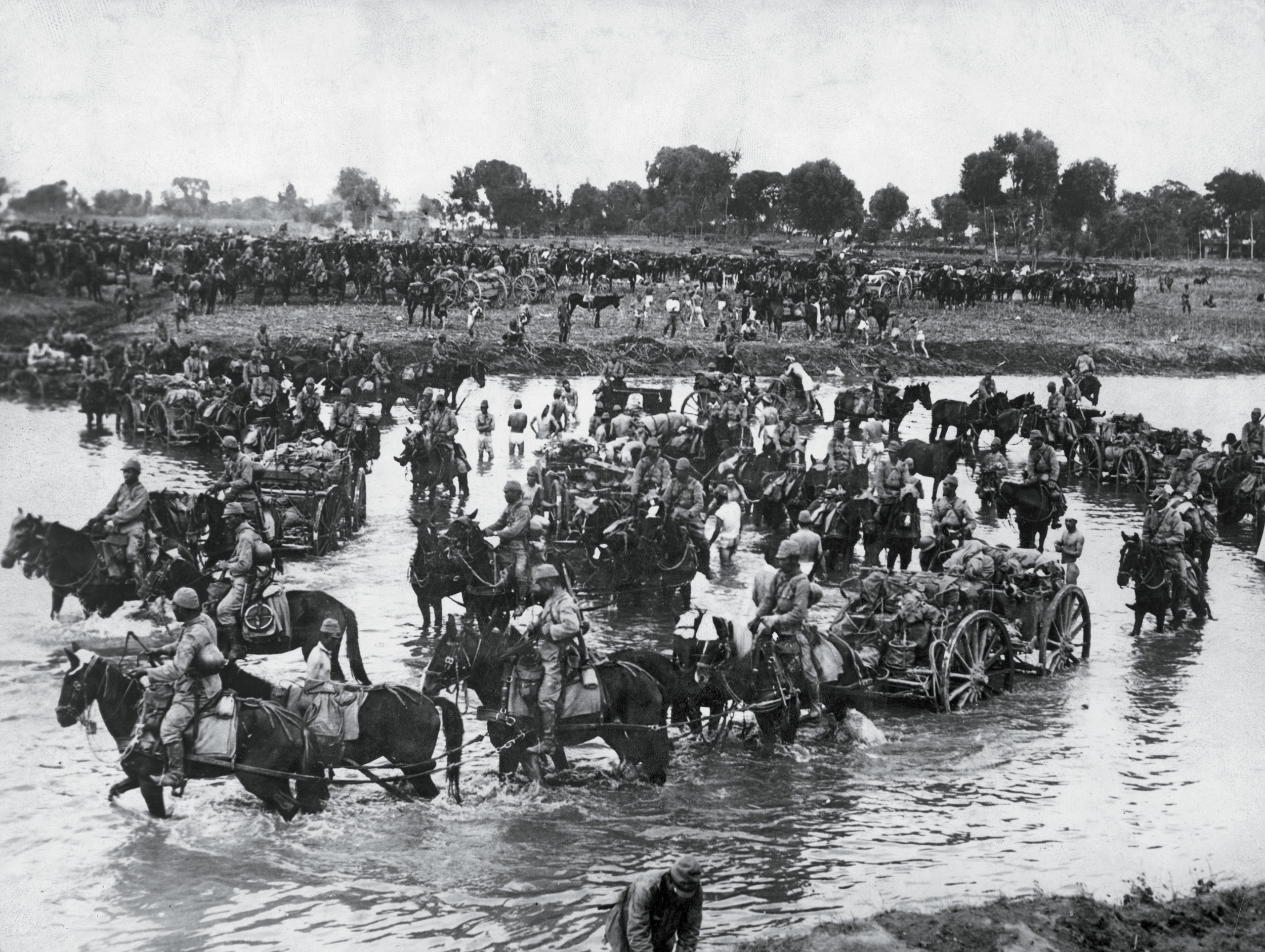
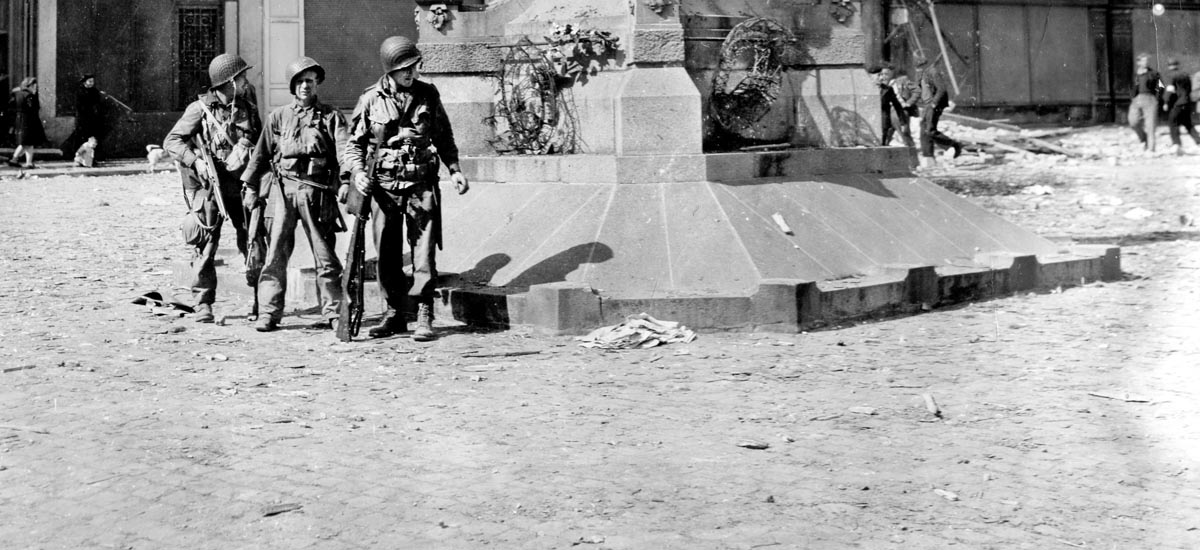
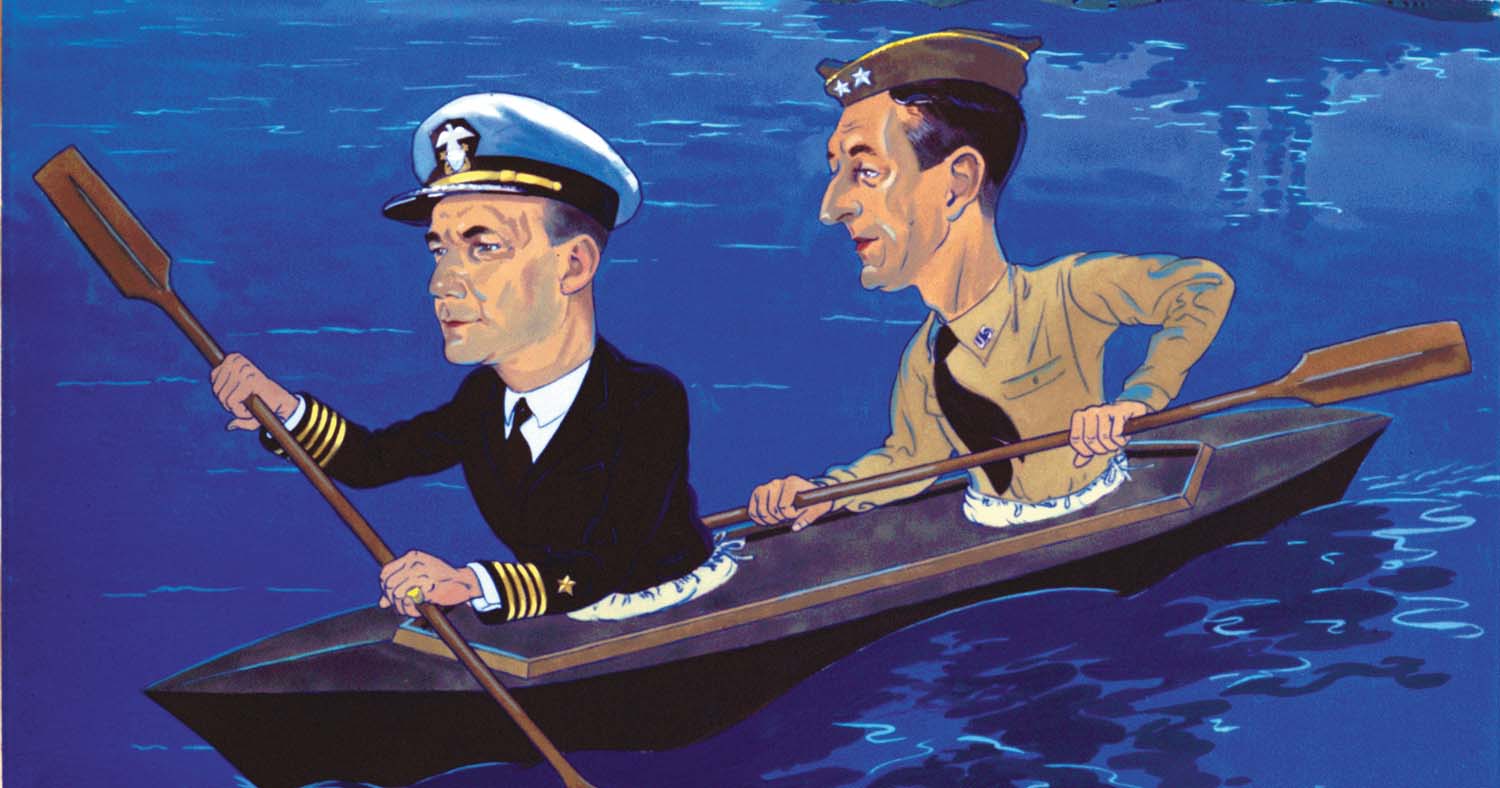
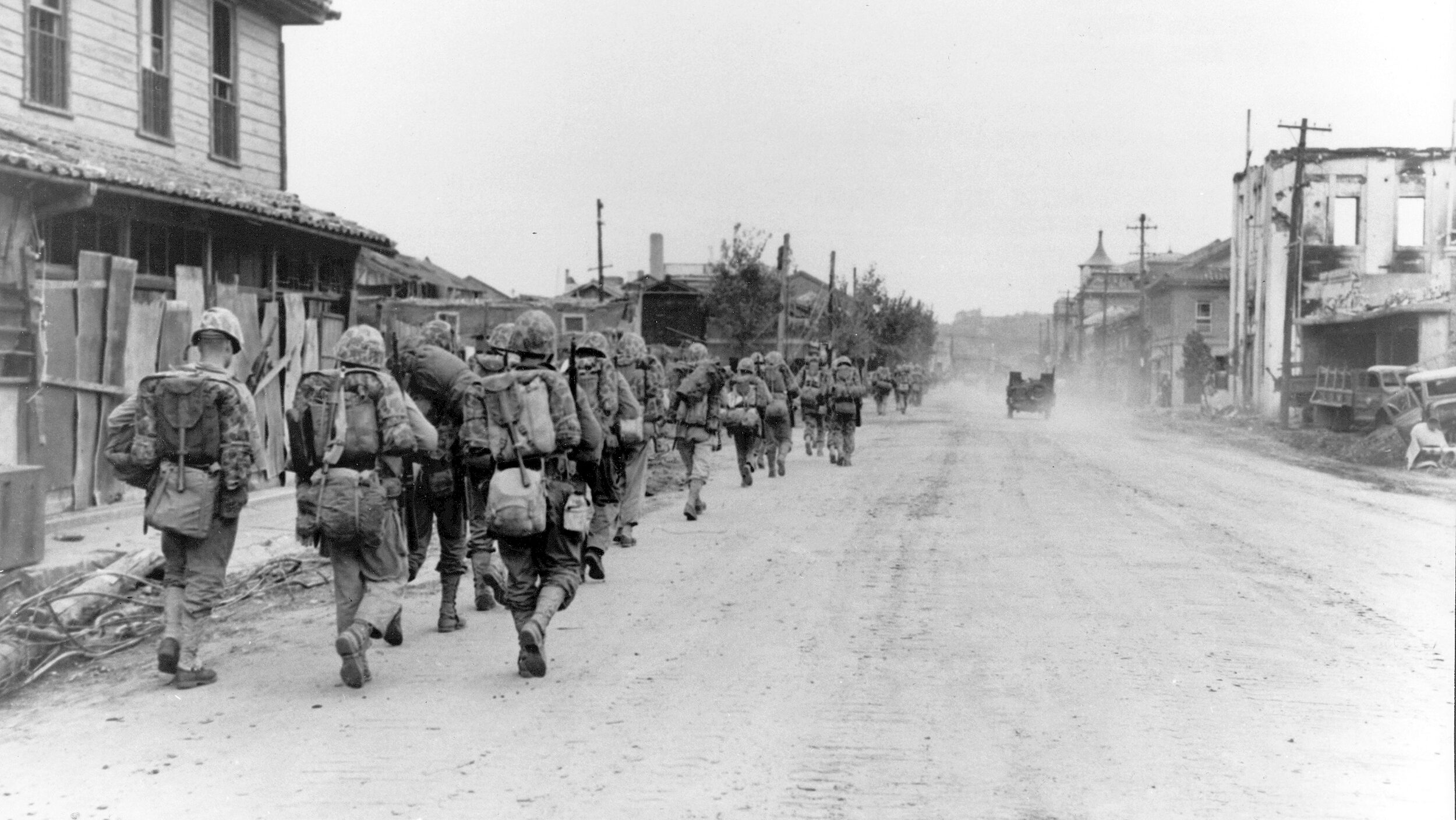
Join The Conversation
Comments
View All Comments